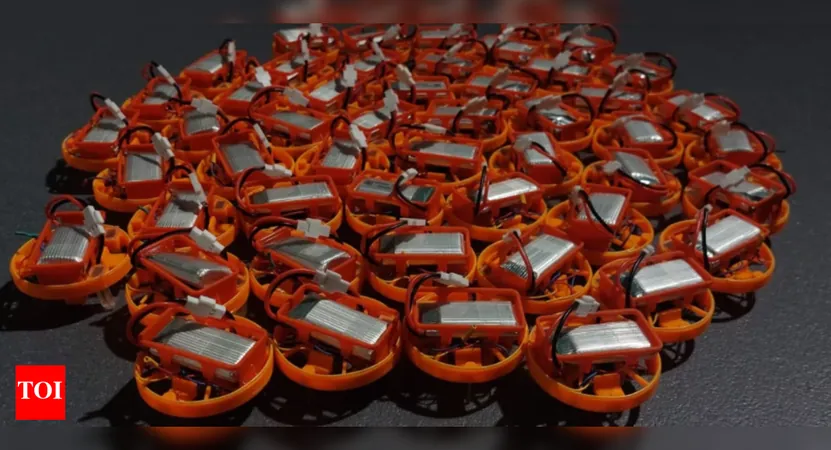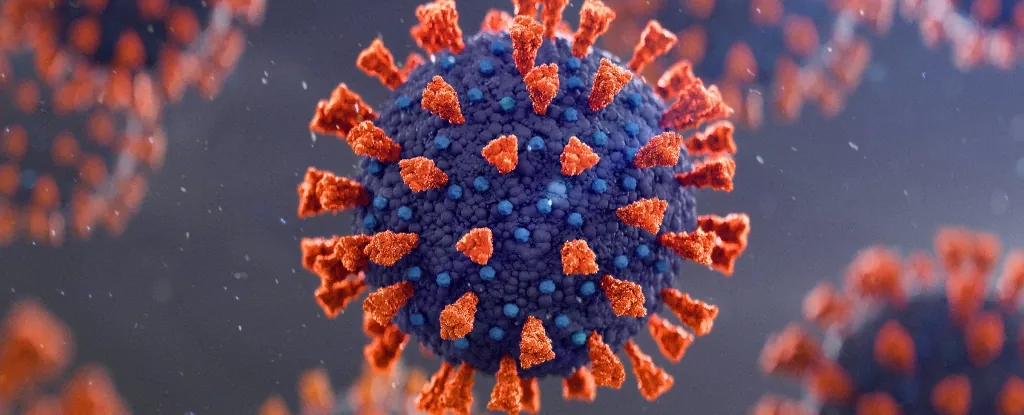
Unlocking the Secrets of Nature: How Robot Swarms Are Learning Teamwork from Birds and Fish
2025-09-13
Author: Nur
Revolutionary Coordination Inspired by Nature
In an incredible leap forward for robotics, researchers have harnessed the power of nature, specifically using a geometric trait known as "curvity," to enhance robot swarm coordination. This groundbreaking parameter tells us how a robot curves under external forces, allowing them to either attract or repel one another. The result? A swarm that displays predictable and coordinated group behaviors—an innovation that could transform industries from manufacturing to healthcare.
Nature's Ingenious Solutions
Throughout history, nature has been a treasure trove for scientific breakthroughs. From airplanes inspired by the flight of birds to Velcro mimicking the sticky burrs of plants, evolution has gifted us with brilliant solutions to complex problems. Now, this inspiration is taking a new form in robotics, enabling clusters of robots to collaborate seamlessly, much like flocks of birds or shoals of fish.
The Power of Curvity Explained
In a groundbreaking study published in the prestigious Proceedings of the National Academy of Sciences, teams from Radboud University and New York University unveiled a revolutionary framework for robot coordination. At the heart of this framework is curvity—a signed curvature parameter that dictates how each robot interacts with forces around it. Depending on whether curvity is positive or negative, a robot will move in distinct ways, allowing varied responses within a swarm.
A Simple Rule, Massive Impact
What’s remarkable is that with just this singular rule governing curvity, robots can either attract or repel one another, forming larger coordinated behaviors. In initial tests between two robots, their movements matched predictions perfectly. When scaled up to thousands, the entire swarm still adhered to predictable movement patterns: clustering, flowing, or spreading out—all based purely on their curvity settings.
Real-World Applications Await
Matan Yah Ben Zion, an assistant professor at Radboud University and co-author of the study, emphasizes a significant challenge in robotics: decentralized control. Unlike fish, bees, and birds that excel in coordinated movements without a leader, synthetic swarms struggle with agility. This new approach, grounded in simple geometry and mechanics rather than complex programming, holds immense promise. It paves the way for advancements in various fields—be it industrial automation, delivery systems, or even minute medical robots operating within the human body.
The Future of Robotic Swarms is Here!
As researchers continue to explore the intricate dance of nature, the potential applications for robot swarms that mimic its efficiency are remarkably diverse and exciting. The lesson is clear: by observing and emulating the natural world, humanity can develop smarter, more intuitive technologies that could redefine how robots function together in every aspect of life.





 Brasil (PT)
Brasil (PT)
 Canada (EN)
Canada (EN)
 Chile (ES)
Chile (ES)
 Česko (CS)
Česko (CS)
 대한민국 (KO)
대한민국 (KO)
 España (ES)
España (ES)
 France (FR)
France (FR)
 Hong Kong (EN)
Hong Kong (EN)
 Italia (IT)
Italia (IT)
 日本 (JA)
日本 (JA)
 Magyarország (HU)
Magyarország (HU)
 Norge (NO)
Norge (NO)
 Polska (PL)
Polska (PL)
 Schweiz (DE)
Schweiz (DE)
 Singapore (EN)
Singapore (EN)
 Sverige (SV)
Sverige (SV)
 Suomi (FI)
Suomi (FI)
 Türkiye (TR)
Türkiye (TR)
 الإمارات العربية المتحدة (AR)
الإمارات العربية المتحدة (AR)